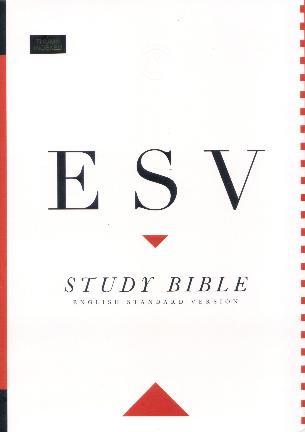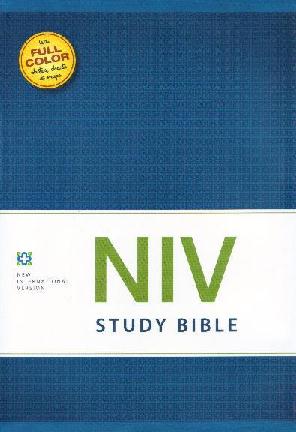| ESV | Here is the most famous summary of the gospel in the entire Bible. For connects to v. 15 and explains what happened to make it possible that someone can have " life" (v. 15), that is, through believing in Christ. God so loved the world was an astounding statement in that context because the OT and other Jewish writings had spoken only of God's love for his people Israel. God's love for "the world" made it possible for "whoever" (v. 15) believes in Christ, not Jews alone, to have eternal life. God's love for the world was not mere sentiment but led to a specific action: he gave his only Son, which John elsewhere explains as sending him to earth as a man (v. 17) to suffer and die and thereby to bear the penalty for sins (see note on 1 John 2:2; cf. Rom. 3:25). On "only Son", see note on John 1:14, which contains the same Greek phrase. The purpose of giving his Son was to make God's great gift of eternal life available to anyone -- to whoever believes in him, that is, whoever personally trusts in him (see note on 11:25). Not perish means not perish in eternal judgment, in contrast to having eternal life, the life of abundant joy and immeasurable blessing in the presence of God forever. Those who "believe in" Christ have that "eternal life" and already experience its blessings in this present time, not yet fully, but in some significant measure. |
| NIV | God so loved the world. The great truth that motivated God's plan of salvation (cf. 1 Jn 4:9-10). "So" here means "in this way" rather than "so much." world. All people on earth -- or perhaps all creation (see notes on 1:4,9). gave his one and only Son. Cf Isa 9:6 ("a son is given," referring to the Messianic Son of David who is also God's Son [see 2 Sa 7:14 and note]). See also 1:14,18 and notes; cf. Ge 22:2, 15; Ro 8:32 and notes. Although believers are also called "sons" of God (2 Co 6:18; Gal 4:4-6), Jesus is God's Son in a unique sense (see 20:31 and note). |






































